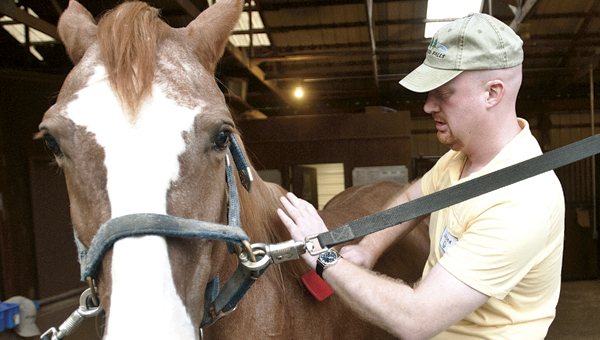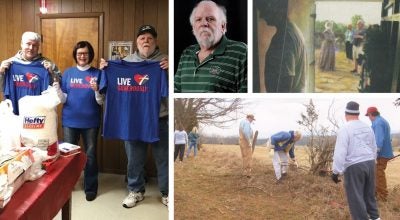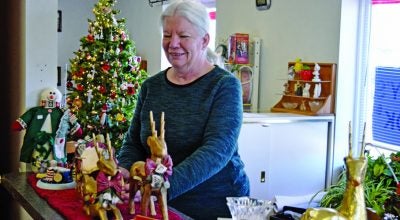Saddle up partner
Published 12:04 am Sunday, August 25, 2013
At the Ohio Horse Park Center for Therapeutic Horsemanship, individuals with disabilities are offered unique, planned equine-assisted opportunities to increase their quality of life.
Volunteers are an integral part of the program, and 18 such individuals began training at the park this week. Volunteers are taught everything they need to know about guiding a horse; therapeutic riding horses always have guides.
“If we all take steps and slow things down, it’s better on the horse,” Bradie Chapman, an instructor at the park, said. “Everyone needs to know how to treat a horse that’s not yours.”
Charlene Hailku is also an instructor at the park and she fondly remembers one particular instance of a program participant making great strides.
“One kid who was in a wheelchair started coming here and doing therapeutic riding when he was barely 4 years old,” she said. “Doctors told his parents there was very slim chance he would ever walk. The last time I spoke with his parents, they said he had gotten in trouble at school for running in the halls.”
Hailku doesn’t think therapeutic horseback riding was completely what cured the boy’s paralysis, but she is convinced it certainly helped.
“Our participants learn to see the value in the activities they do,” she said.
There is an application that must be filled out that determines whether one meets the medical requirements for the program.
“We offer equine assistance activities, which means a valuable therapeutic lesson involving horses,” she said. “Some people in our program do it as an extracurricular activity, some do it as part of speech therapy and some do it as part of occupational or physical therapy.”
The list of ailments aided by therapeutic horseback riding is long. Hailku mentioned the program helping cerebral palsy, Down syndrome and attention deficit disorder specifically.
“A person’s hips move the same way when on a horse as they do when walking,” Chapman said, which is beneficial to people who can’t walk or have difficulty walking. “Some people ride backwards because it naturally straightens their spine.”
Hailku detailed even more benefits of therapeutic riding.
“With cerebral palsy, therapeutic horseback riding helps muscles. We have one kid with cerebral palsy who plays horseback basketball,” Hailku said. “It helps muscle tone and balance in people with Down syndrome and attention, focus and things like that in people with ADD.”
Hailku says the goal of the program is no different than any other rehabilitation effort.
“The point is to get rehabbed and get out,” she said.





